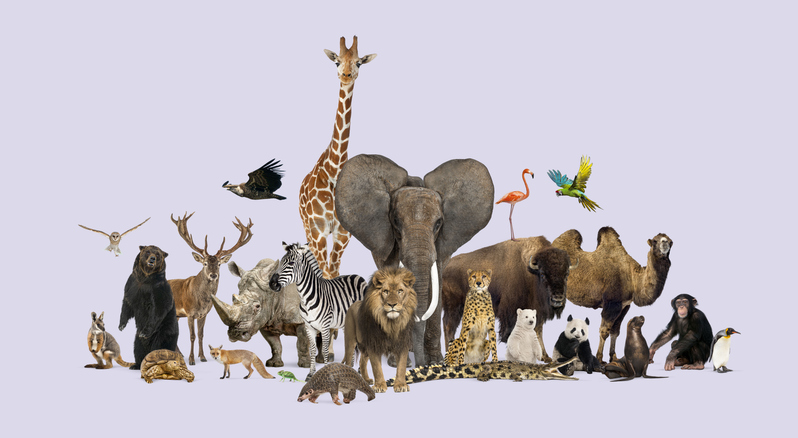Wise Giving Wednesday: Honoring National Wildlife Day and the Charities Protecting Our Planet

This Wise Giving Wednesday, we spotlight National Wildlife Day and the charities working year-round to protect animals, restore habitats, and inspire action.
The Origin of National Wildlife Day
September 4 marks the 20th anniversary of National Wildlife Day, originally created in honor of Australian wildlife conservationist, zookeeper, and educator Steve Irwin, known to millions as the “Crocodile Hunter” on Animal Planet. The day is dedicated to promoting awareness and inspiring action towards animal protection.
How Charities Help Protect Wildlife: From Shorelines to Forests
A wide variety of charities work to protect wildlife through different approaches. Some charities focus on lobbying in support of laws and regulations that protect wildlife, while others conserve natural environment, or educate the public about plants, animals, and the importance of keeping their environment and ecosystems healthy. Some charities might directly rehabilitate injured wildlife, while others seek to restore ecosystems damaged by pollution, development, or industry.
When people think about wildlife, their minds often go to wolves, whales, or polar bears. But have you ever considered the horseshoe crab? These arthropods, estimated to have been around for 250 million years, rely on access to living shorelines unimpeded by bulkheads or riprap to spawn and breed. One Maryland nonprofit helps establish living shorelines by planting native marsh grasses to allow the horseshoe crab, and the Maryland terrapin, to survive, while also providing valuable forage for waterfowl. The organization also helps remove invasive species such as English Ivy, porcelain berry, and Japanese stiltgrass to make forests more hospitable to wildlife. This is just one example of the work charities are doing, not just on September 4, but throughout the year, to support our wildlife.
Some Ways You Can Get Involved and Support Wildlife Conservation
Whether you live near the Chesapeake Bay or the Gulf Coast, you can be more involved with and supportive of our wildlife.
- Explore your own area. It doesn’t take a trip to Yellowstone to appreciate wildlife; start with your own surroundings and visit a local or regional park for the day and see what’s out there. Identifying plant and animal species is a great activity for kids. Better connections to and appreciation for the natural world can lead to a greater understanding of the need for its protection.
- Educate yourself. You don’t have to be a zoologist to understand the challenges faced by our plants and animals. Visiting charity websites and other online resources is a helpful way to find out more about the plants and animals you love, the important roles they play in the ecosystem, and what you can do to be their conscientious supporter.
- Volunteer. Identify wildlife conservation or educational nonprofits in your area and ask what you can do to help. Be mindful that groups need all types of assistance and will try to match your skillset to what’s needed. While you might not be the one holding the birds of prey or snakes for classroom children, maintaining an animal habitat in a rehab center, or clearing a stream of trash and debris is valuable work too.
- Donate to trusted charities. Before you give, we invite you to visit the BBB Wise Giving Alliance cause pages on environmental charities and animal-related charities.
Recent Reports
We are always working with charities to publish or update reports for donors. Visit Give.org or local BBBs to check out any charity before giving. Our recently evaluated charities include:
Finally, remember to let us know by going to give.org/charity-inquiry if you are interested in seeing a report on a charity not on the list and we will do our best to produce one.


